Bac Ninh, the smallest province in Red River Delta Vietnam, is located in the Northern key economic region. Bac Ninh Province is adjacent to the North midland and mountainous region in Bac Giang province. Bac Ninh City is located about 30km from the center of Hanoi to the northeast, shares the border with Hanoi in the west and southwest, Bac Giang Province in the north, east and, Hai Duong Province in the east and southeast, Hung Yen Province in the south. Besides, Bac Ninh is located on two economic corridors of Kunming - Lao Cai - Hanoi - Haiphong - Quang Ninh and Nanning - Lang Son - Hanoi - Haiphong - Quang Ninh.
Bac Ninh Province is famous for Quan Ho folk songs. Previously, Bac Ninh is the center of Kinh Bac region. Currently, there are 41 notable festivals in Bac Ninh including the major festivals such as Dau Pagoda Festival, Lim Festival, Ba Chua Kho Festival.
Bac Ninh is being oriented to become a major urban area: civilized, rich cultural identity (of Kinh Bac region), modern, ecological and sustainable based on the knowledge, modern synchronous infrastructure, comfortable living environment to meet the increasing needs of people
Bac Ninh terrain is relative flat, mostly slopes from North to South and from West to East, the flows down Duong River and Thai Binh River. The plain has the height from 3 to 7m, while the midland terrain (Que Vo and Tien Du) has some mountain ranges from 300 - 400m in height. The hilly area accounts for a small percentage (0.53%) compared to the total area, mainly in Que Vo and Tien Du. Bac Ninh has a dense river network. There are three big river systems including Duong River, Cau River and Thai Binh River
Bac Ninh is located in the sub-tropical climate. Climate in the province is divided into four distinct seasons (spring, summer, autumn and winter). There is clear difference in temperature between the hot and humid summers and cold and dry winters. The difference reaches 15-16 °C. The rainy season lasts from May to October each year. The rainfall in this season accounts for 80% of total annual rainfall. Average annual rainfall reaches 1400-1600 mm. Average temperature reaches 23.3 °C.
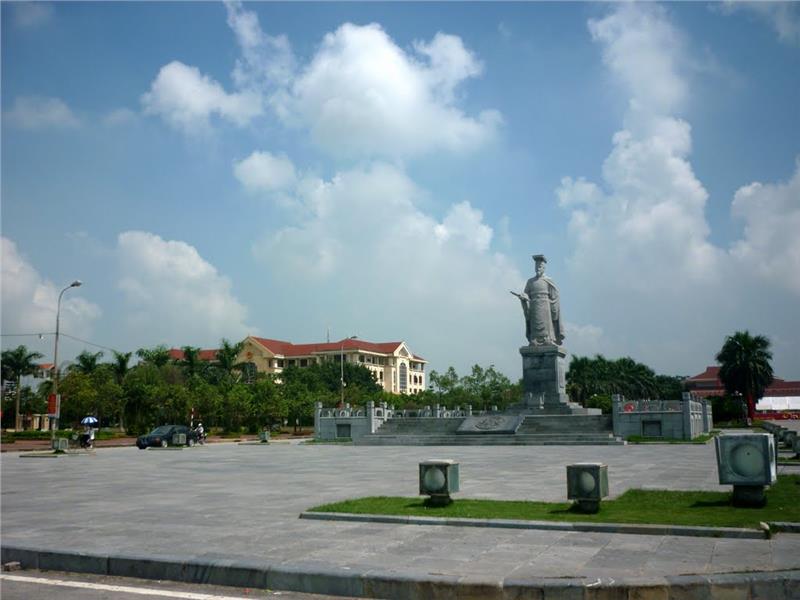
Bac Ninh history is closely related to the Red River Civilization. Luy Lau was the oldest economic, politic and religious center of Vietnam. From thousand years ago, ancient Vietnamese people lived and established villages along Cau River, Dau river, Duong River, Ngu Khe Huyen and Tieu Vuong River. They lived mainly in agriculture and handicrafts. Numerous artifacts such as bronze drum, dagger, ax, spear, shield, bronze armor with unique patterns found in ruins of Lang Ngam, Dai Trach, Qua Cam, Dai Lai. The piece of mold found in Luy Lau ancient capital proved that Vietnamese northerners had a sophisticated skill in casting bronze, jewelry and making pottery. These spiritual values are reflected in the legends of Mr. Dung, Mrs. Dung, Lac Long Quan, Au Co, Thanh Giong, An Duong Vuong, My Chau - Trong Thuy and Co Loa capital.
Bac Ninh Province is the gateway to the ancient capital of Thang Long, the transit area between the ancient capital and the border area with China. Thanks to the highway running from Bac Ninh to the northern frontier, Bac Ninh has an extremely important military position.
In 1963, Bac Ninh and Bac Giang were merged into Ha Bac province, at the same time, 2 districts of Tien Du and Tu Son were consolidated into Tien Son, Que Duong and Vo Giang were consolidated into Que Vo district. At that time, Bac Ninh was still a social - economic center of Ha Bac province, especially in the relationship with Hanoi capital. January 1st, 1997, Bac Ninh province was formally re-established under the Resolution of the 10th session of the 9th National Assembly (November 6, 1996).
Like other provinces in Red River Delta and in Vietnam, the People's Council of Bac Ninh is directly elected by Bac Ninh citizens, and is the body of state power in the province. Bac Ninh People's Committee as an executive body of the People's Council is the state administration agency in the city, responsible for observance of constitution, laws, and documents of the government and resolutions of People's Council. Bac Ninh administrative units consist of 6 districts, one city and one town: Bac Ninh City, Tu Son Town, Gia Binh District, Luong Tai District, Que Vo District, Thuan Thanh District, Tien Du District and Yen Phong District.
In 2011, Bac Ninh population is 1,060,300 people, the population density is 1,289 people/km² ranked the 3rd in the country. Bac Ninh has the young population in which working age group from 15 to 60 is 665,236 people, accounting for 64, 93% of the total population. Under 15 year-old group has 258,780 people, accounting for 25, 26% of the total. And the number of people over 60 years old is 100,456 people, accounting for 9.8%. The province currently has 27 out of 54 ethnic groups in Vietnam, in which Kinh ethnic people accounts for the majority of population. There ethnic groups have most population including Kinh 99.67%, Tay 0,14%, Nung 0.08%.
Like most other provinces in North Vietnam, majority of Bac Ninh people don't follow any religion. According to statistic in 2009, the number of religious followers in Bac Ninh province is 16.362 people, which accounts for 1.6% of the total population in Bac Ninh. Currently, Bac Ninh has 7 religions including Buddhism, Catholic, Protestantism, Muslim, Minh Ly, Hoa Hao, Cao Dai.
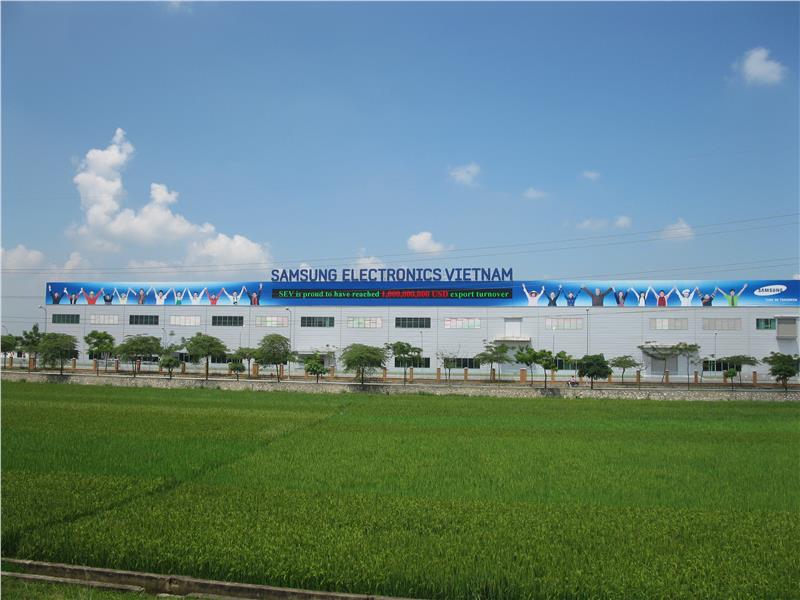
Bac Ninh has currently more than 600,000 people of the working age but large labor shortage of qualified professionals. The gross regional domestic product (GRDP) in 2013 increased 11.8% compared to the previous year (price of 2010), The GRDP pre capita reached 68.2 million/ person/ year (equivalent to 3,243 USD). The economic structure continues to shift towards the industrialization - modernization: the industry - construction accounts for 74.5%, service is 19.5%, agro-forestry-fishery accounts for 6%.
The industrial production value reached 598.770 billion VND, an increase of 60.7% over 2012. The service sector maintained the growth, especially, the foreign trade activities leaped with the export turnover of over $ 23 billion, up 68%. The total development investment in the province reached more than 36.300 billion VND, increasing by 11, 5%, state budget estimated over 11.530 billion VND, an increase of 22.1%. In the first ten months of 2014, the total state budget in the province reaches 10.908,3 billion VND, achieving 96.2% the year plan and increasing 20,5% compared to the last year.
Industry is the most important driving force in the economic development of Bac Ninh in recent years. When separated provinces, Bac Ninh was a agricultural province with handicraft villages. However, until the end of 2012, Bac Ninh economy had the 5th large industry scale in the country and the 2rd in the North. It always keeps the highest growth rate in the country for many years. In 2012, the industry production value reached 84.884 billion VND. The motivation for economic growth of Bac Ninh focuses on the high-tecth enterprises such as Samsung, Canon, Nokia. In 2011, the provincial competitiveness index of Bac Ninh ranked the second among Vietnam provinces and cities. Bac Ninh has attracted most of high-tech projects of the whole coutry such as Canon, Sam Sung, Nokia, and ABB.
According to General Statistic of Vietnam, in 2010, Bac Ninh has 217 medical facilities including 19 hospitals, 10 clinics, and 186 commune health stations. Along with the heath system of the country, Bac Ninh has a system of private hospitals and medical facilities. In term of education, in the ancient time, Bac Ninh was the province with the most status quo in Vietnam: 16 out of 55 people. Bac Ninh has been planed 3 university villages including University Village I with the overall area of 200ha in Vo Cuong (Bac Ninh city) and Lien Bao (Tien Du), University Village II planed with the total area of 1.300ha in Hap Linh ward (Bac Ninh city), Lac Ve communes, Viet Doan, Minh Dao, Tan Chi (Tien Du). Currently, Bac Ninh is planing and investing project University Village III with the scale of 1000ha.
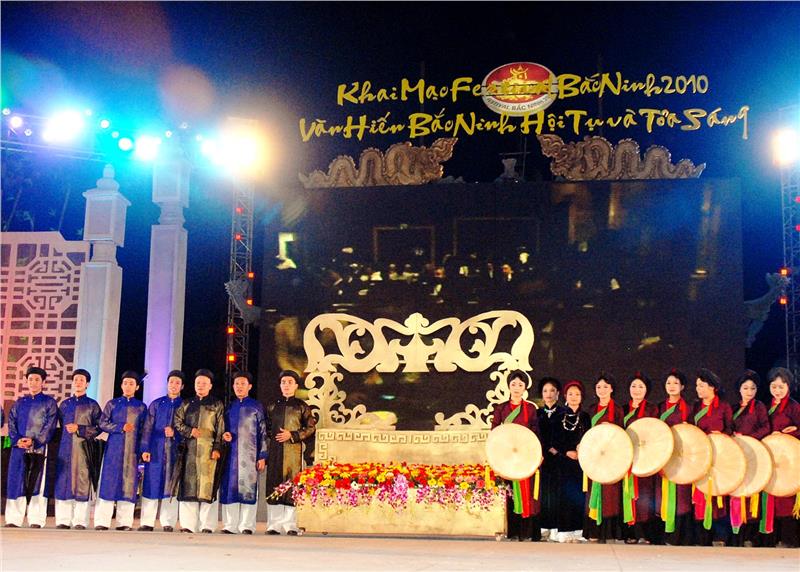
Bac Ninh has a unique culture, a civilized land with many cultural historical relics, folk festivals and handicraft villages. The vibrant historic imprints, Vietnam cultural traditions imbued with Kinh Bac identity is crystallized of cultural heritages and folk festivals. Bac Ninh is the 3rd province building the solemn literature temple. Bac Ninh Literature Temple is famous for 677 doctors, accounting for one third among the total doctors in Vietnam. Bac Ninh Literature Temple with the cultueal historical sites and education kept until today is valuable documents of the civilization of Kinh Bac region. Dau Pagoda and Phat Tich Pagoda are the places of the Vietnamese Buddhism origin.
Bac Ninh is famous for Quan ho singing, traditional valliages such as Dong Ho village, Phu Lang pottery village, Dong Ky, Da Hoi, Dai Bai, Hoi Quan. Famous historical relics consist of Do temple worshiping 8 kings of Ky Dynasty, Phu Quoc temple, Dinh Bang communal house, Tam Bao communal house. In addition, Bac Ninh has also many specialties such as phu the cake (Dinh Bang), banh te (Cho village), banh khuc (Diem village), banh duc (Dinh To), nem Bui (Bui Xa), wine (Cam village), fish porridge, Dinh To sauce, banh tro, banh gai, banh gio Phu Tu. Bac Ninh people is hospitality, hard working and creative. With the skillful hands, local people has created hundred of professions such as silk weaving, pottery, casting bronze, carving wood, producing paper, folk painting.
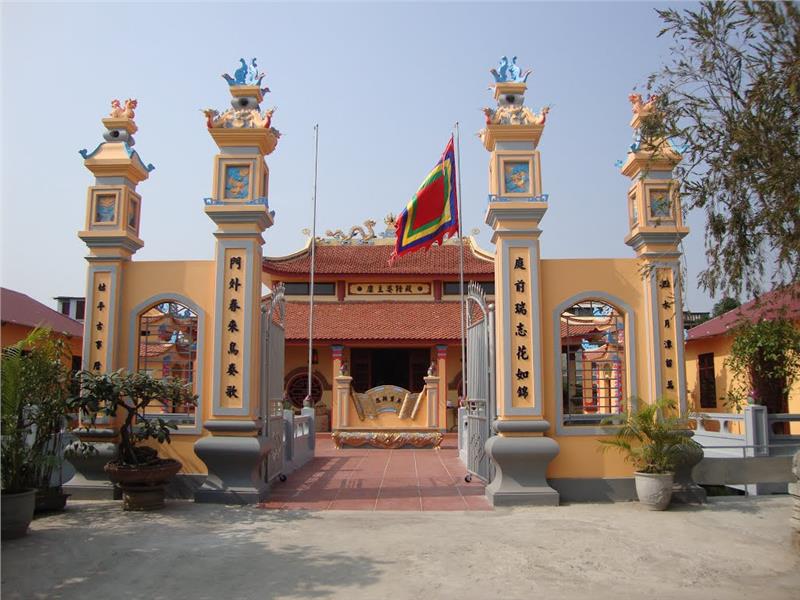
Bac Ninh currently has hundreds of cultural historical relics with lots of temples, pagodas, festivals and Quan Ho folk songs. The thickness of history and culture has created potential for Bac Ninh tourism development, especially tourism culture. There are 3 tourist areas in Bac Ninh including Co Me (Bac Ninh City), Den Dam (Tu Son Town), Phat Tich (Tien Du District). In addition, other 3 tourist areas is going to be put into operation, namely Thien Thai tourist area (Gia Binh District), Nhu Nguyet cultural historical relic (Yen Phong District), Ham Long - Nui Dam spiritual tourist area (Bac Ninh City) and 22 relics are selected to become the tourist attractions for closed and attractive tours in the province. Among them, there are some typical cultural historical relics such as Bac Ninh Literature Temple, Phat Tich Pagoda, Kinh Duong Vuong Tomb, Dau Pagoda, But Thap Pagoda, Do Temple, Le Van Thinh Shrine. In addition, community tourism in Phu Lang Pottery Village (Que Vo District), Dinh To Sauce Village, But Thap Pagoda (Thuan Thanh District), Quan Ho Village (Viem Xa - Bac Ninh Town).
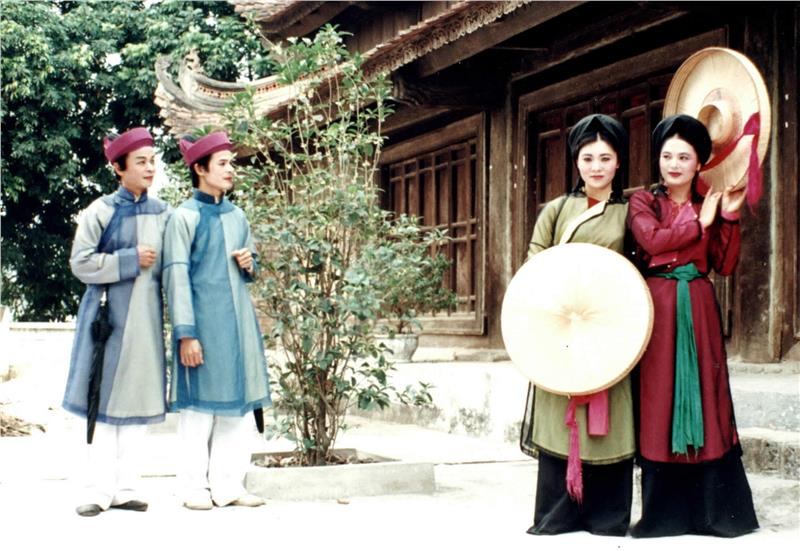
Every year, there are more than 300 Bac Ninh festivals taking place. Some typical festivals such as festival in Dai Lam Village (Tam Da Commune, Yen Phong District) held from 24th to 26th of the 1st lunar month. Lim festival (Lim Town, Tien Du District) taken place in 13th to 15th of the 1st lunar month. Festival in Tam Tao Village, Phu Lam Commune, and Tien Du District is held in 10 February every year. Kim Chan Festival is taken place from 26th to 28th February. Den Do Festival (Dinh Bang, Tu Son) is held to celebrate the coronation of King Ly Thai To - March 15 Canh Tuat year (1010), and commemorate Kings of the Ly Dynasty. Phu Dong Festival of 4 communes in Tien Du District holds in April 9th to celebrate the national hero Phu Dong Thien Vuong. Thap Dinh Festival (of 10 communes in Que Vo and Gia Binh) takes place to commemorate the first status quo of Vietnam - the Great Tutor Le Van Thinh and Doan Cong (Cao Doan Cong).
